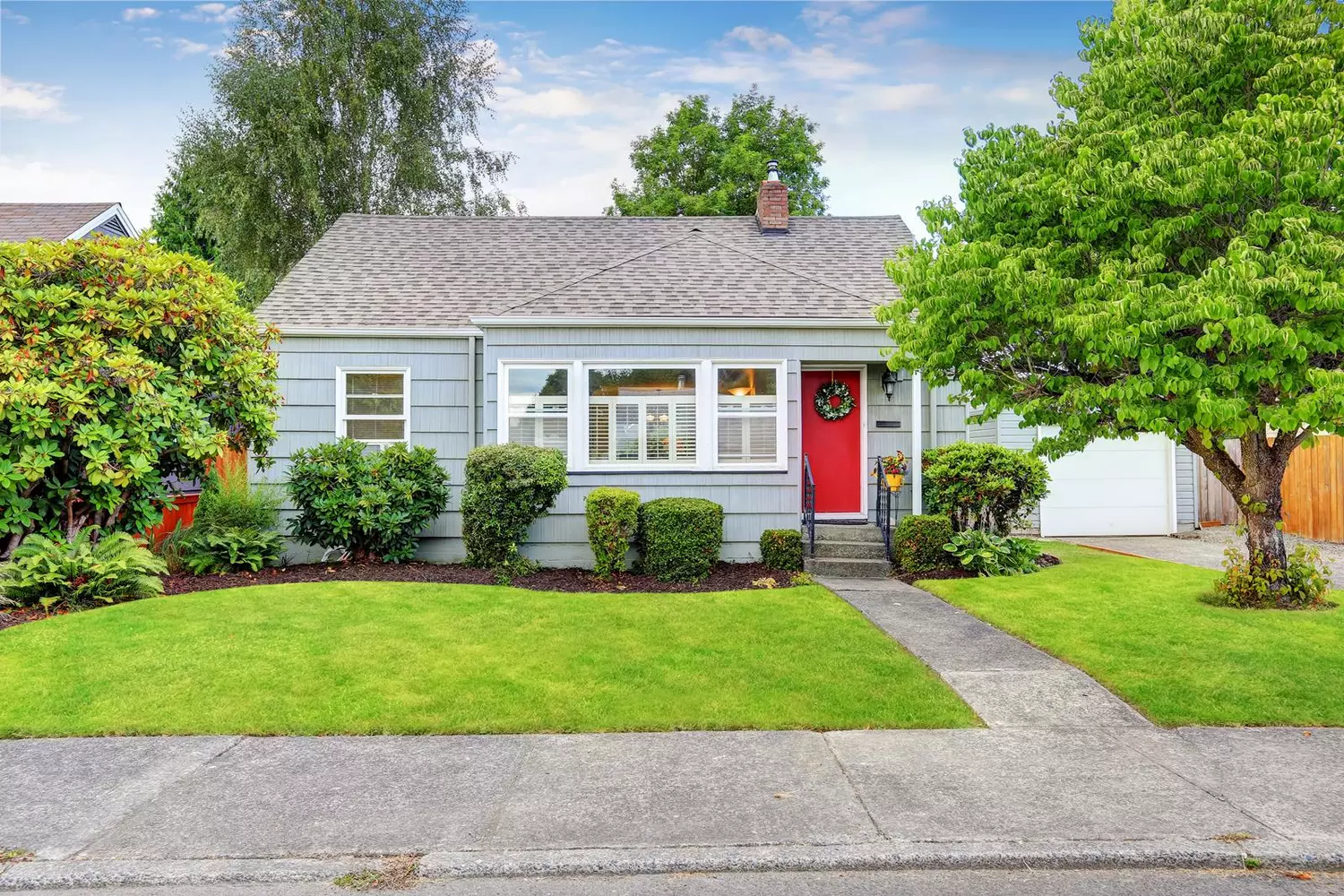It’s not possible to paint the outside of your house at any time of the year. After all, you’ve probably never seen someone painting while on a ladder in the middle of winter. Why then do exterior paint jobs appear to only occur at a certain season of the year? Hint: it’s not only that no one wants to paint outdoors in the chilly weather all day!
Best Weather For Outside Paint
The weather needs to cooperate for your paint job to look excellent. This is because the temperature and environmental factors present at the time of application have a direct impact on how the paint dries.
The best time to pick is when there will be warm, dry days. Examining the weather for the few days before and after your painting day is also a good idea. If it rains before you paint, your siding may require two days to dry. The same is true for the day after application; you want to ensure that it won’t rain while your paint is still drying.
Additionally, you should be cautious of significant temperature changes from day to night. The paint will react and won’t cure correctly if you have ideal temps throughout the day and then a sharp dip when the sun goes down. Once again, this can result in a surface that isn’t perfectly smooth and may even start to peel and break.
What kind of weather is best for painting the outside? The greatest weather is often seen in the early summer and early autumn, with little chance of precipitation and little change in day-to-night temperature. This will guarantee that the paint applies easily and has a chance to fully dry and cure.
When Painting Outside, How Warm Should It Be?
We’ve already said that summer is the best season to paint your exterior. Summer brings high heat and arid conditions. A less-than-ideal finish could result from the paint drying too rapidly when it’s too hot outside. This results in unsightly brush strokes and even dried-on paint clumps being applied to newly painted surfaces. (Not to mention the fact that painting outside in the sweltering heat is not a good idea for anybody.)
Always try to choose a day that won’t be too hot. Additionally, you should be aware of the humidity levels. When it’s not too humid, paint often dries the fastest. Depending on where you reside, early summer and early autumn have the ideal temps. If you stick to these seasons, you’ll probably have great weather for painting!
What Shall You Abstain From Doing?
1. Do Not Paint Outside When It Is Wet!
Avoid painting on wet days, and make sure all the surfaces are absolutely dry before you start. If you want to have a flawlessly even application, this is crucial.
2. Paint Within An Appropriate Temperature Range!
Winter is too cold for the paint to dry and cure, so don’t paint outdoors. Since excessive heat might interfere with how the paint dries, certain days may be deemed too hot for painting. Because your paint will still be curing at night, consider the temperature. Since they are all a bit different, it really relies on the precise kind and brand of paint you’re using. Ask a professional if you’re unclear if the environment is suitable for outside painting. (You may get assistance from your painter or paint supplier.)
3. Avoid Trying To Paint Around The Seasons
If you reside in a northern area, you can paint until autumn, but most people don’t paint beyond November since it’s too chilly. Some southern regions may continue painting far into the winter since the weather is warm enough there.

